Set-up, game play and rules for Timbits U7 hockey
Getting your arena and teams ready for cross-ice hockey
Playing Surface – Cross-ice
- The maximum size of the ice surface is 100 feet by 60 feet.
- Timbits U7 games will be played cross-ice for the entire season.
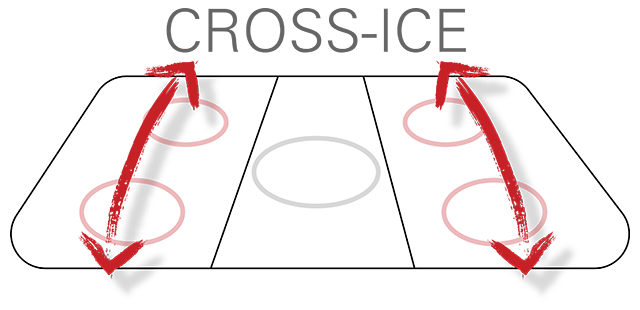
Player Surface Set-up
The game play format used in Timbits U7 hockey is the Two-Team, Two-Game Model. Two teams play one another in the two end-zones. Each team is divided into two units. Other set-ups are available depending on team composition.
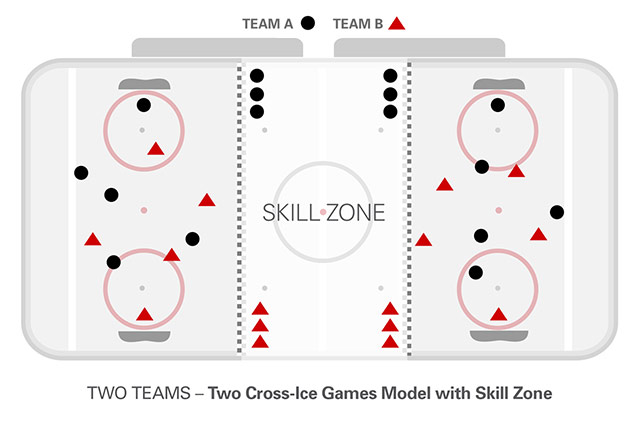
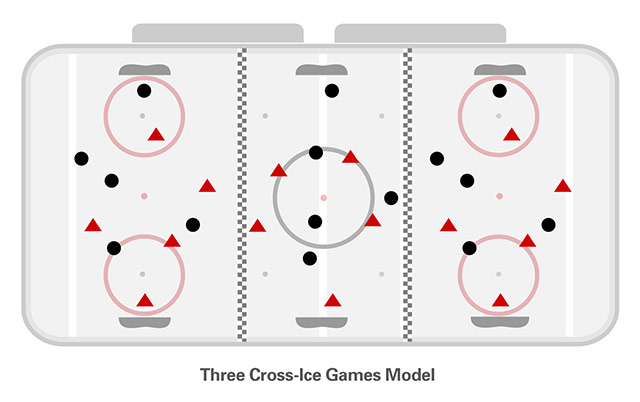
In some communities, team composition may be smaller. If this is the case, the ice is still divided but only one end will be used for game play. The other portion of the ice can be used as a practice surface.
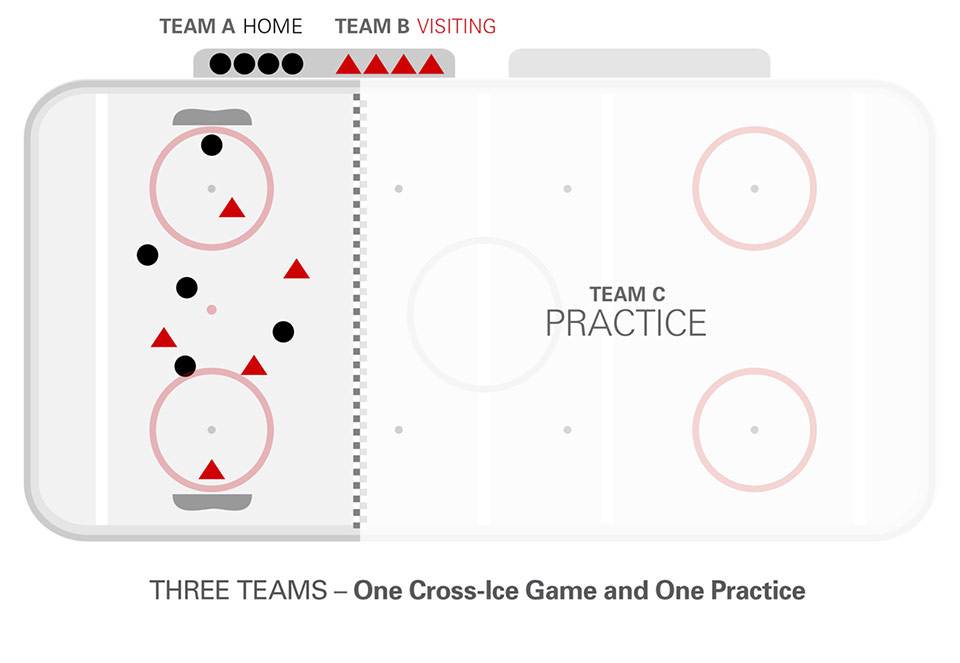
Game Set-up and Flow (Two-Team, Two-Game Model)
- Each team will consist of up to 18 players (16 skaters plus two players defending the goal) divided into two units of nine players – one player defending the goal and eight skaters. Smaller numbers allow for players to double-shift to ensure there are always four players on the ice. Coaches must make sure all players take turns double-shifting.
- It is recommended that in each half, the centre-ice spot should be marked to indicate where the face-off will take place. This is to be established at the midpoint between both nets.
- Teams will share the player benches or utilize the neutral zone for players not in play.
- The score clock can be used to keep time for both games simultaneously.
- No score is kept, and game sheets are optional.
Cross-ice Game Play Rules
- Hockey Canada Playing Rules are followed except as stated below.
- 4-on-4 (plus a player defending the goal) – a player may play goal, but full goaltender equipment is not required.
- Game format: two periods with a run-time clock, not to exceed 60 minutes total.
- Timed buzzer or whistle for line changes:
- If there are fewer than four players on the bench, the active player designated to stay out for the following shift must return to the bench area prior to continuing play.
- On the buzzer/whistle, players must relinquish control of the puck immediately and vacate the ice. The new players enter the ice immediately. Failure to immediately relinquish control of the puck or new players entering the ice surface prematurely may result in a penalty (see Penalties).
- Game does not stop; players change on the fly at buzzer/whistle.
- Shift length will not exceed two minutes.
- Incidental contact may happen, but body-checking is not permitted.
- No icing or offside.
- Face-offs to start each half.
- Change of possession:
- Continuous play – when whistles lead to a change in puck possession, the official (or coach) will signal the attacking players to back off three metres. Once the attackers have moved back, play may resume as soon as the possession team has control of the puck.
- Goaltender freezes the puck – the official (or coach) blows the whistle to indicate the attacking team backs off three metres and the defending team gets possession.
- Puck shot out of play – the offending team backs off three metres and the official (or coach) gives the non-offending team a new puck.
- Net size – 2x3, 3x4, 4x6. (ALL ARE ACCEPTABLE)
- Penalties:
- Minor penalties are noted, with the official (or coach) briefly raising their arm to indicate a penalty will be assessed. At the conclusion of the shift, the official (or coach) notifies the team of the infraction and the number of the offending player.
- If the offending team controls the puck, the official (or coach) blows the whistle and calls for a change of possession; the non-offending team is given a three-metre cushion.
- The offending player will sit out the next shift, but the team will play even strength.
- Should an infraction occur that would normally require a player to be ejected from the game (game misconduct, match penalty, gross misconduct), the player will be removed for the remainder of that game. Even under these circumstances, teams will not play shorthanded and no game incident report will be required.
Recommendations
- One official per game – coaches may also act as official for games.
- Blue puck (4 oz) is preferred.
Fair and Equal Ice Time
- Fair and equal ice time is designed to ensure that all players get the same opportunity to contribute, regardless of skill or ability. A coach’s responsibility is to develop all players. Shortening of the bench in an attempt to win games is not permitted. All players should receive fair and as close to equal as possible ice time.
- Goaltender rotation:
- Players can play goal during practices and games with no goaltender equipment required.
Recommendations
- Positional rotation:
- All players play all positions – forward/defence/goaltender.
- All players get a chance to start the game or start the second half if numbers allow.
- Goaltender rotation:
- No full-time goaltenders.
- All players get a chance to defend the goal.
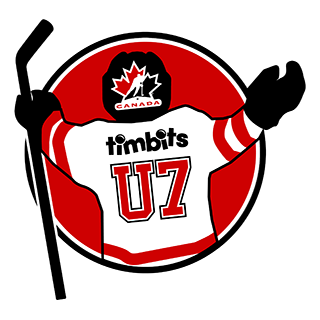
Videos
December 13, 2025
Dan Hanoomansingh - October 9, 2025
Lee Boyadjian - September 19, 2025
September 17, 2025
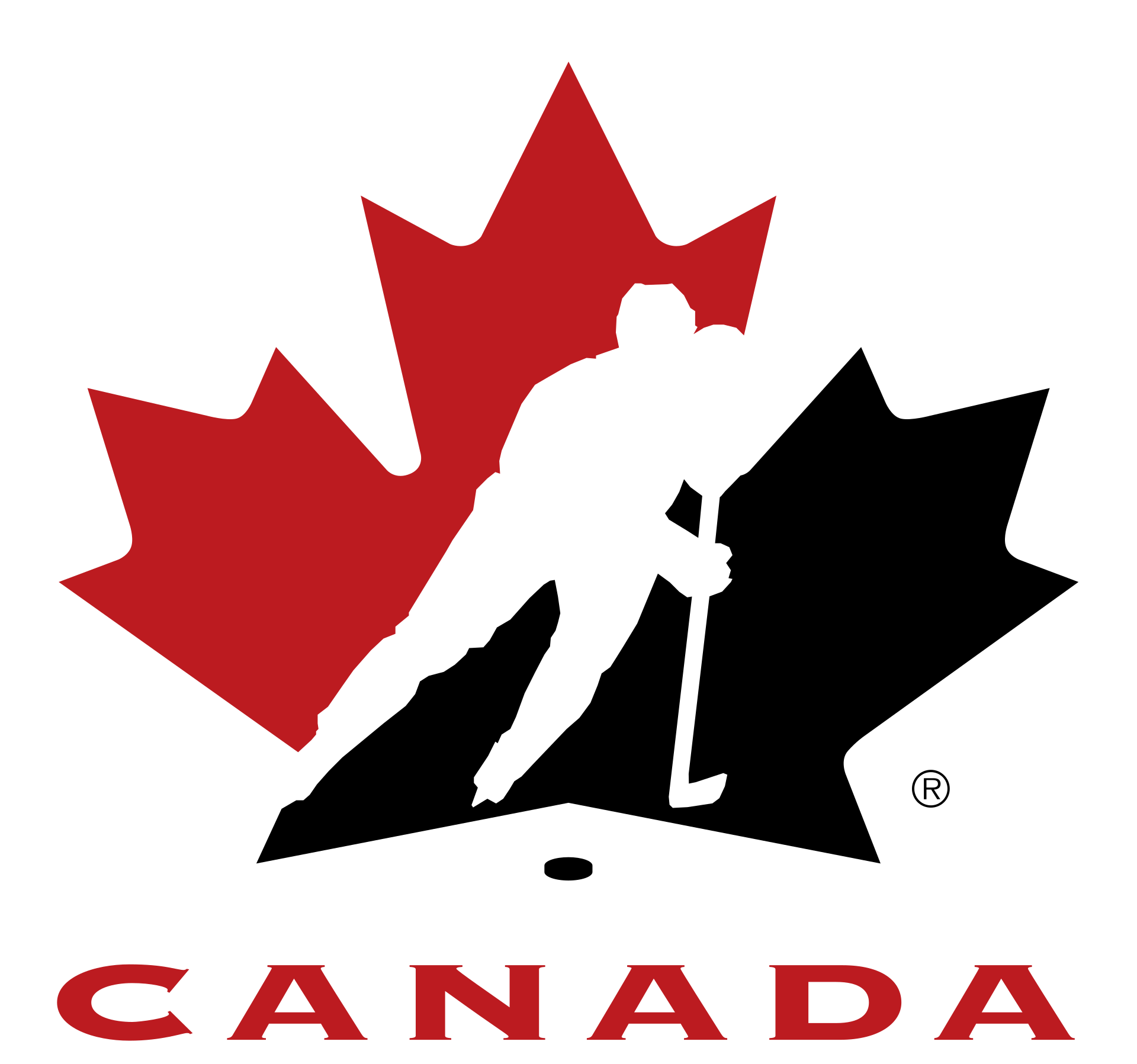

 HOCKEY CANADA
HOCKEY CANADA

